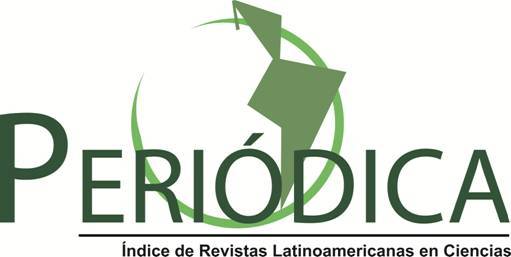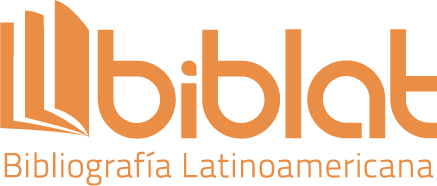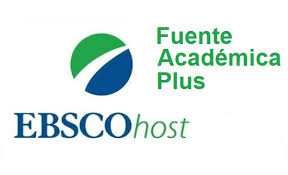Publicado:
2023-07-19Número:
Vol. 17 Núm. 2 (2023)Sección:
Visión InvestigadoraOptimización de orientación de pieza enfocado en la minimización de estructuras de soporte
Optimization of part orientation focused on minimizing support structures
Palabras clave:
3D printing, Tensegrity, Optimization, Assistive robotics, Gripper, Flexible printing (en).Palabras clave:
Impresión 3D, Tensegridad, Optimización, Robótica asistencial, Impresión flexible (es).Descargas
Resumen (es)
La optimización de los procesos de fabricación y manufactura ha adquirido una importancia significativa debido a su capacidad para mejorar procesos y reducir los costos y el consumo de material. En el proceso de fabricación de ciertas estructuras, como las estructuras de tensegridad representa una alta complejidad geométrica y una presencia de áreas internas sin material depositado, repercutiendo en una reducción en el consumo de material y el peso de la estructura. Con el objetivo de mejorar la fabricación de estructuras utilizadas en brazos robóticos asistenciales, se recurre a métodos de optimización que permiten definir la orientación de la pieza y la ubicación de los soportes en un sistema de impresión 3D. La función objetivo de este proceso es minimizar el volumen necesario para construir las regiones que requieren soporte, cumpliendo con las restricciones de impresión y garantizando el autosoporte y la integridad de la estructura. Para lograr esto, se utiliza un algoritmo de optimización evolutiva para determinar la orientación óptima de las piezas, lo que conlleva a una reducción directa en el consumo de material de soporte, en el peso final de la estructura, y presentando una mejora en la calidad de impresión de la pieza
Resumen (en)
The optimization of manufacturing processes has acquired significant importance due to its ability to improve operations and reduce costs and material consumption. In the manufacturing process of specific structures, such as tensegrity structures, there is a high geometric complexity and the presence of internal areas without deposited material, reducing material consumption and the structure's weight. Optimization methods are used to improve the manufacture of structures used in robotic assistance arms to define the piece's orientation and the location of the supports in a 3D printing system. The objective function of this approach is to minimize the volume needed to build the regions that require support, complying with printing restrictions, and ensuring self-support and integrity of the structure. For this, an evolutionary optimization algorithm is used to determine the optimal orientation of the parts, which leads to a direct reduction in the consumption of support material and the final weight of the structure. Also, it presents an improvement in the printing quality of the piece.
Referencias
H. Gao, J. An, C. K. Chua, D. Bourell, C. N. Kuo, D. T. Tan, "3D printed optics and photonics: Processes, materials and applications," Materials Today, 2023. https://doi.org/10.1016/j.mattod.2023.06.019
C. Wu, L. Wu, G. Shang, H. Guo, "Application and Research of 3D Printing Technology in the Field of Architecture," 2021 4th International Conference on Electron Device and Mechanical Engineering (ICEDME)*, Guangzhou, China, 2021, pp. 71-74, https://doi.org/10.1109/ICEDME52809.2021.00024
J. Oprel, G. Wolterink, J. Schilder, G. Krijnen, "Novel 3D printed capacitive shear stress sensor," Additive Manufacturing, Volume 73, 2023. https://doi.org/10.1016/j.addma.2023.103674
J. Ren, F. Wu, E. Shang, D. Li, Y. Liu, "3D printed smart elastomeric foam with force sensing and its integration with robotic gripper," Sensors and Actuators A: Physical, Volume 349, 2023. https://doi.org/10.1016/j.sna.2022.113998
G. L. Goh, W. Y. Yeong, J. Altherr, J. Tan, D. Campolo, "3D printing of soft sensors for soft gripper applications," Materials Today: Proceedings, vol. 70, 2022, pp. 224-229. https://doi.org/10.1016/j.matpr.2022.09.025
W. Zhang, J. Li, H. Liu, G. Jin, "Research on Embedded 3D Printing for Magnetic Soft Robots," 2021 IEEE 16th International Conference on Nano/Micro Engineered and Molecular Systems (NEMS), Xiamen, China, 2021, pp. 518-523, https://doi.org/10.1109/NEMS51815.2021.9451436
M. Abouelmajd, A. Bahlaoui, I. Arroub, M. Lagache, S. Belhouideg, "Mechanical Characterization of PLA Used in Manufacturing of 3D Printed Medical Equipment for COVID-19 Pandemic," 2020 IEEE 2nd International Conference on Electronics, Control, Optimization and Computer Science (ICECOCS), Kenitra, Morocco, 2020, pp. 1-5, https://doi.org/10.1109/ICECOCS50124.2020.9314444
S. Zhang, G. Xia, X. Hao, Y. Zhang, W. Chen, Z. Zhou, "Design Optimization and Simulation Analysis of Screw Extrusion 3D Printing Screw," 2022 5th World Conference on Mechanical Engineering and Intelligent Manufacturing (WCMEIM), Ma'anshan, China, 2022, pp. 400-404, https://doi.org/10.1109/WCMEIM56910.2022.10021447
B. B. Kanbur, S. Shen, Y. Zhou, F. Duan, "Neural network-integrated multiobjective optimization of the 3D-printed conformal cooling channels," 2020 5th International Conference on Smart and Sustainable Technologies (SpliTech), Split, Croatia, 2020, pp. 1-6, https://doi.org/10.23919/SpliTech49282.2020.9243730
D. Wang, H. Wang, Y. Wang, "Continuity Path Planning for 3D Printed Lightweight Infill Structures," 2021 IEEE Conference on Telecommunications, Optics and Computer Science (TOCS), Shenyang, China, 2021, pp. 959-962, https://doi.org/10.1109/TOCS53301.2021.9688877
M. H. Ali, G. Yerbolat, S. Amangeldi, "Material Optimization Method in 3D Printing," 2018 IEEE International Conference on Advanced Manufacturing (ICAM), Yunlin, Taiwan, 2018, pp. 365-368, https://doi.org/10.1109/AMCON.2018.8614886
R. F. Peng, "Prototyping to Mass Production: Automated CAD Model and G-Code Optimization Framework for Industrial 3D Printing," 2023 9th International Conference on Mechatronics and Robotics Engineering (ICMRE), Shenzhen, China, 2023, pp. 203-206, https://doi.org/10.1109/ICMRE56789.2023.10106588
M. Bhayana, J. Singh, A. Sharma, M. Gupta, "A review on optimized FDM 3D printed Wood/PLA bio composite material characteristics," Materials Today: Proceedings, 2023. https://doi.org/10.1016/j.matpr.2023.03.029
A. Rabinowitz, P. M. DeSantis, C. Basgul, H. Spece, S. M. Kurtz, "Taguchi optimization of 3D printed short carbon fiber polyetherketoneketone (CFR PEKK)," Journal of the Mechanical Behavior of Biomedical Materials, Volume 145, 2023. https://doi.org/10.1016/j.jmbbm.2023.105981
M. Mogra, O. Asaf, A. Sprecher, O. Amir, "Design optimization of 3D printed concrete elements considering buildability," Engineering Structures, Volume 294, 2023, 116735, ISSN 0141-0296, https://doi.org/10.1016/j.engstruct.2023.116735
G. P. Box, "Evolutionary Operation: A Method for Increasing Industrial Productivity," Journal of the Royal Statistical Society. Series C (Applied Statistics), vol. 6, no. 2, 1957, pp. 81–101, https://doi.org/10.2307/2985505
J. C. Guacheta-Alba, S. Gonzalez, D. A. Nunez, M. Mauledoux, O. Aviles, "3D printing part orientation optimization: discrete approximation of support volume," International Journal of Electrical and Computer Engineering, 2022, Vol 12. pp. 5958-5966. https://doi.org/10.11591/ijece.v12i6.pp5958-5966
Cómo citar
APA
ACM
ACS
ABNT
Chicago
Harvard
IEEE
MLA
Turabian
Vancouver
Descargar cita
Visitas
Descargas
Licencia
Derechos de autor 2025 Visión electrónica

Esta obra está bajo una licencia internacional Creative Commons Atribución-NoComercial 4.0.
.png)
atribución- no comercial 4.0 International


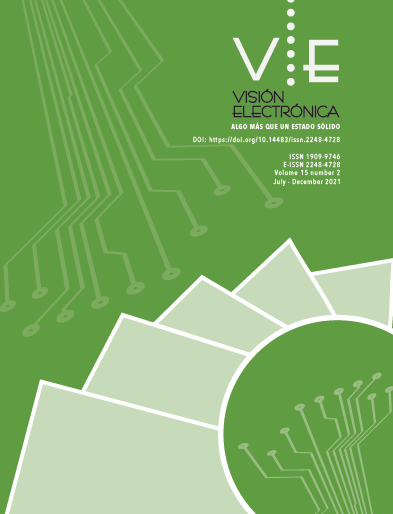

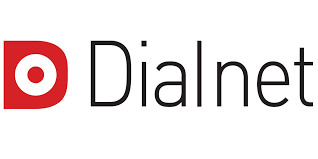

.jpg)
